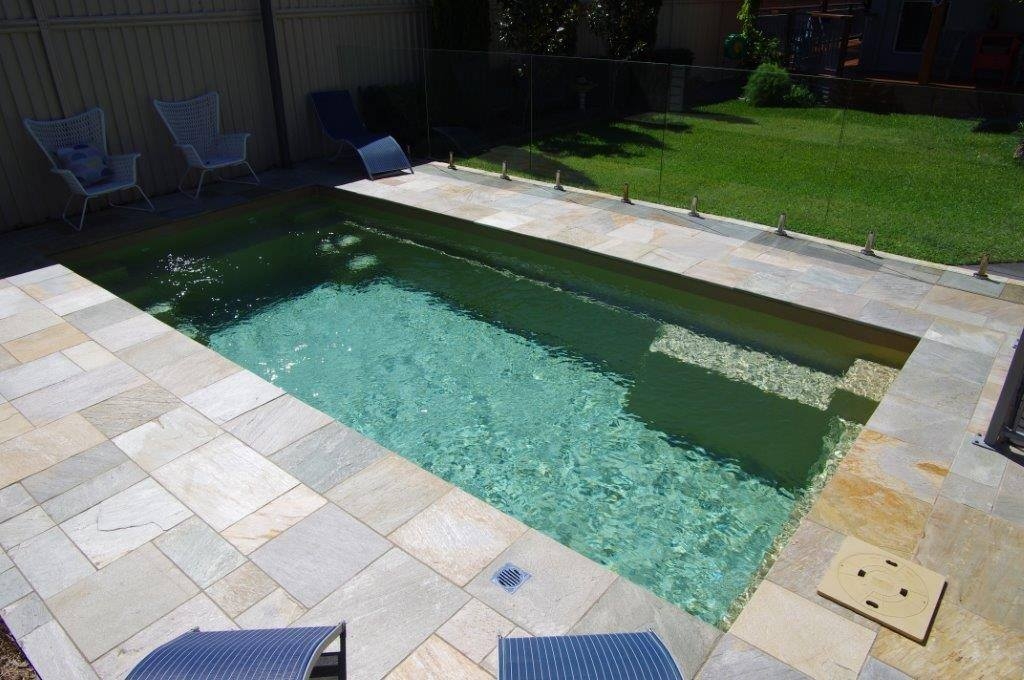

When considering installing a fibreglass pool on your property, there are several factors that you should take into account before making a decision. First and foremost, you should think about the size and shape of the pool that will best suit your needs and space constraints. Consider how much space you have available in your yard and what activities you plan to use the pool for.
Next, it's important to think about the cost associated with installing a fibreglass pool. This includes not only the initial installation costs but also ongoing maintenance expenses. Make sure to budget for things like water treatments, cleaning supplies, and repairs.
Another factor to consider is the location of the pool on your property. You'll need to ensure that there is enough space for excavation and that the ground is level and stable enough to support the weight of the pool. It's also important to check local zoning laws and regulations to make sure that you're allowed to install a pool on your property.
Lastly, think about how much time and effort you're willing to put into maintaining your new fibreglass pool. While they are generally easier to care for than other types of pools, they still require regular cleaning and upkeep.
Overall, installing a fibreglass pool can be a great addition to your home, but it's important to carefully consider all of these factors before making a decision. By doing so, you can ensure that you end up with a pool that meets your needs and fits within your budget.
Installing a DIY fibreglass pool is an attractive option for many homeowners looking to save on the high costs of professional installation services. However, understanding the full scope of expenses involved is crucial to ensure that you stay within your budget and avoid any unexpected costs. Here's a detailed breakdown of what you can expect to spend on a DIY fibreglass pool project.
Initial Purchase: The most significant expense is the pool kit itself, which includes the fibreglass shell and often other necessary components like the filter system, pump, and plumbing fixtures. The cost of a fibreglass pool kit can vary widely depending on the size and design of the pool, ranging from $15,000 to $30,000.
Site Preparation: Preparing your backyard for pool installation involves several steps, each incurring its own costs. Excavation is a major expense and can cost between $1,000 and $5,000, depending on the amount of earth that needs to be moved. You might also need to spend on landscaping and altering existing outdoor features to accommodate the pool.
Equipment Rental: Unless you have access to heavy machinery, you will likely need to rent equipment such as a backhoe or crane to excavate the site and position the pool shell. Rental costs can range from a few hundred to over a thousand dollars per day.
Plumbing and Electrical Setup: Professional help is often required for parts of the installation that involve plumbing and electrical work. Hiring licensed plumbers and electricians can add $2,000 to $3,000 to your overall expenses, depending on the complexity of the job.
Backfill Material: After placing the pool shell, you will need to backfill the area around it. The cost for backfill material, which is usually gravel or sand, can add another $500 to $1,000 to the project.
Water and Chemicals: Once the pool is installed, filling it with water and the initial dose of chemicals to treat the water are additional costs. Depending on your local water rates, filling a pool can cost from $80 to $200, while startup chemicals can range from $100 to $300.
Permits: Don't forget to factor in the cost of any required permits, which can vary widely by location but generally cost a few hundred dollars.
By planning for these expenses, you can set a realistic budget for your DIY fibreglass pool project. While it may seem daunting at first, the cost savings compared to a professional installation can make it a worthwhile endeavor for many homeowners.
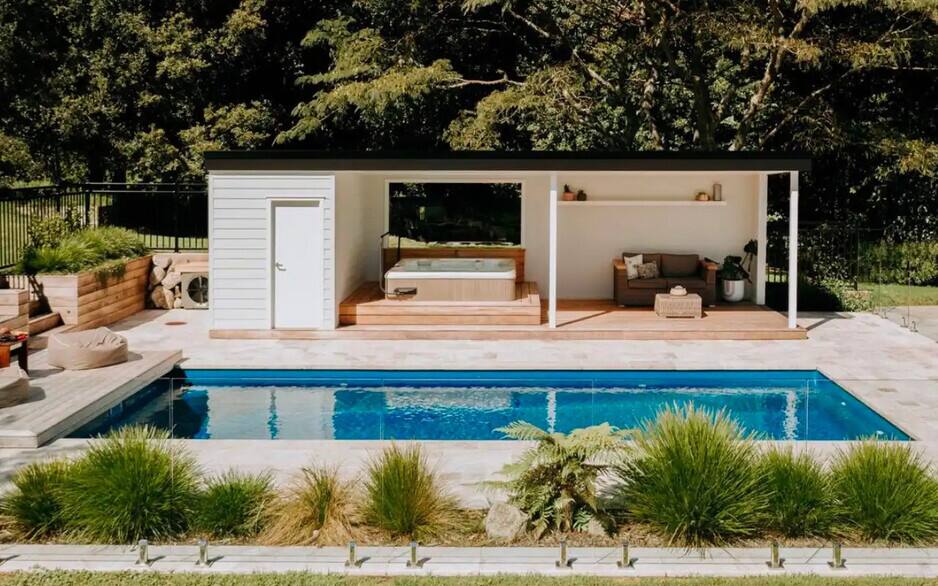
Choosing to install a DIY pool over hiring professionals in Australia can offer a range of benefits, one of the most significant being the potential for higher resale value of your home.. By taking on the project yourself, you have the opportunity to save on labor costs and invest more money into high-quality materials and equipment for your pool.
Posted by on 2024-11-24
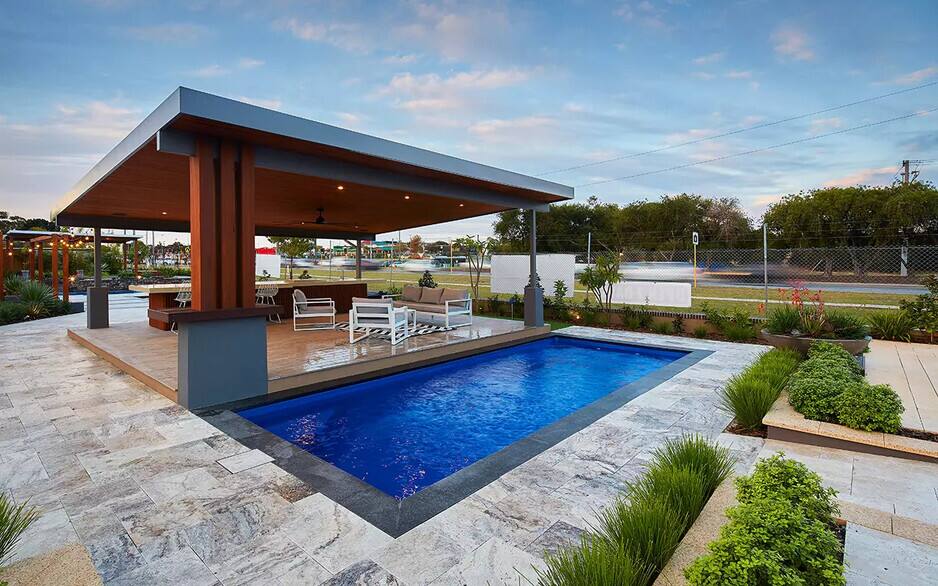
When it comes to installing a DIY pool in Australia, the process for obtaining permits is crucial.. One of the key steps in this process is completing final inspections and obtaining a certificate of compliance.
Posted by on 2024-11-24
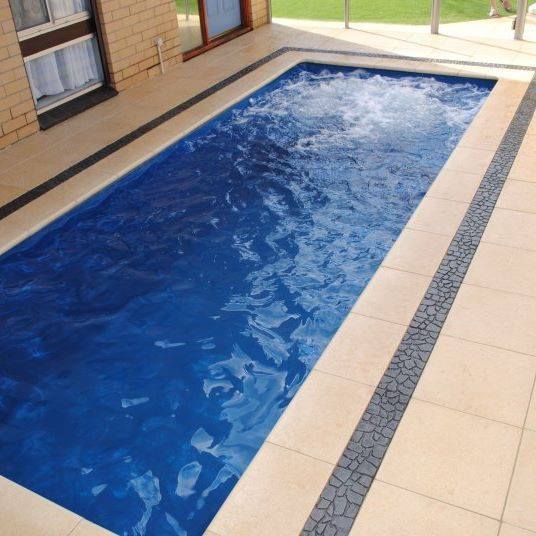
When considering the best location for installing a DIY pool in Australia, one of the key factors to take into account is cost.. Different locations within Australia can have varying costs associated with installing a pool due to factors such as land availability, soil conditions, and labor expenses. In urban areas like Sydney or Melbourne, the cost of installing a pool may be higher compared to regional areas due to higher land prices and limited space for construction.
Posted by on 2024-11-24
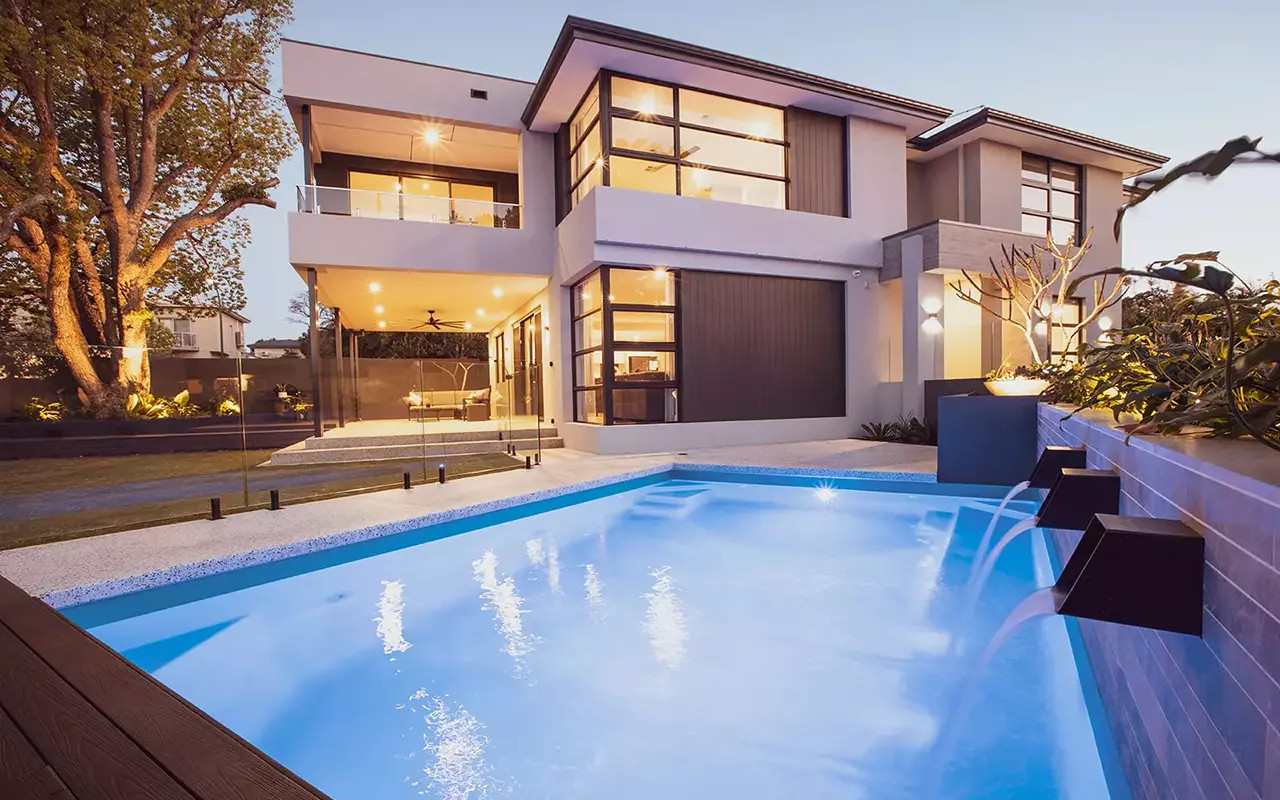
Building a DIY pool in Australia can be a fun and rewarding project, but it's important to keep costs in mind.. Here are some tips for saving money on DIY pool construction: Research and plan carefully: Before you start building your pool, make sure to do thorough research on the materials and equipment you will need.
Posted by on 2024-11-24
| Neerabup Perth, Western Australia | |||||||||||||||
|---|---|---|---|---|---|---|---|---|---|---|---|---|---|---|---|
 Agricultural land on Wattle Avenue | |||||||||||||||
 | |||||||||||||||
| Coordinates | 31°41′28″S 115°46′37″E / 31.691°S 115.777°E | ||||||||||||||
| Population | 112 (SAL 2021)[1] | ||||||||||||||
| Postcode(s) | 6031 | ||||||||||||||
| Area | 34 km2 (13.1 sq mi) | ||||||||||||||
| Location | 36 km (22 mi) from Perth CBD | ||||||||||||||
| LGA(s) | City of Wanneroo | ||||||||||||||
| State electorate(s) | Mindarie | ||||||||||||||
| Federal division(s) | Pearce | ||||||||||||||
| |||||||||||||||
Neerabup is a rural locality in Perth, the capital of Western Australia, within the local government area of the City of Wanneroo.
Prior to European settlement, the Noongar people had lived in the area for more than 40,000 years, taking advantage of the abundant food and water around the chain of wetlands on the coastal plain. In winter, they moved eastwards away from coastal weather, to return in summer as inland supplies dried up. The Mooro people (led by elder Yellagonga during the early years of European settlement) stretched from the Moore River near Guilderton to what is now the Perth central business district, and used to move between Lakes Joondalup, Neerabup and Yanchep.
In 1865, European settlers established the Aboriginal tracks as a stock route from Dongara to Fremantle, travelling along the west side of the lakes. Lake Neerabup was first recorded by surveyor J. Cowle in 1867, the name being a Noongar word which possibly means "swampy place" or "small basin". The part of the stock route between Joondalup and Yanchep is now part of the Yaberoo Budjara Heritage Trail, part of the Bicentennial Heritage Trails Network established in 1988.[2]
The area was often spelled Neerabub, especially by postal and telecommunications authorities, until as recently as the 1960s. It was approved as a suburb name in 1982.[3]
Neerabup is bounded by Wattle Avenue to the north, the Mitchell Freeway to the west, Pinjar Road to the east and Flynn Drive and Burns Beach Road to the south.[4]
Neerabup's population was not measured at the 2001 Australian census.[5]
Neerabup is a sparsely populated agricultural suburb. Several plant nurseries, a fruit and vegetable shop at Menchetti Road and the Neerabup Lake wetland are situated along Wanneroo Road. The western strip between Wanneroo Road and the proposed Mitchell Freeway is approximately the southern half of the Neerabup National Park. The area also contains a golf course, small wineries, a small industrial area on Flynn Drive and several sand and limestone quarries.
Neerabup is home to the Wanneroo Raceway, a 2,411-metre (1.498 mi) road racing circuit. Wanneroo Raceway, which opened in 1969, is the home of motor racing in Western Australia and hosts an annual round of the Supercars Championship.
Neerabup is also home to the Pinjar Park Speedway which opened in 2005. Pinjar Park is a 142-metre (155 yd) Motorcycle speedway which regularly hosts national and international meetings and caters to both senior and junior solo and sidecar racing. Pinjar Park is considered small for a speedway in Australia, with most tracks around the country ranging from 350 metres (380 yd) to 600 metres (660 yd) in length. For the bikes, the speedway replaced the old 550-metre (600 yd) Claremont Speedway which had run from 1927 until 2000, and the Bibra Lake Speedway which closed in 2004.
Neerabup is not served by public transport. The nearest Transperth bus service is the 391 between Joondalup train station and Carramar 2 kilometres (1.2 mi) to the south. These services are operated by Swan Transit.
Neerabup's political leanings are unclear due to its small size and the lack of a polling booth. The nearest large booths tend to favour the Australian Labor Party historically, although most have been won by the Coalition in recent times, especially at federal level.